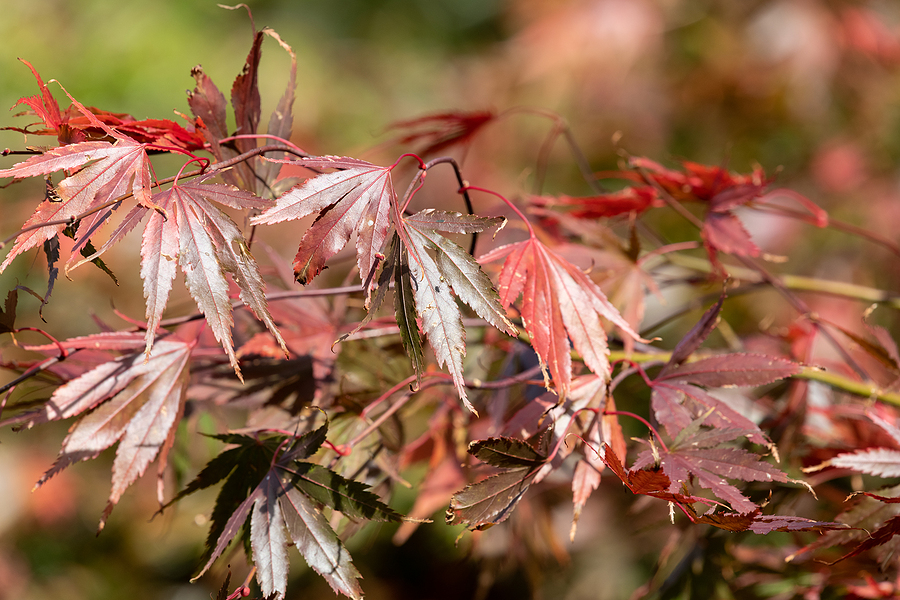Indiana is known for its hot, humid summers and often dry conditions. To ensure your garden thrives in these conditions, it’s important to select the right trees that are both drought tolerant and hardy enough to survive Indiana’s extreme weather. Continue below to learn what you need to know about drought-resistant trees in Indiana, including how to select them, where to plant them, how to take care of them, and watering tips for newly planted trees.

Factors to Consider When Selecting a Tree for Your Property
Sunlight Requirements
Some trees will require more shade than others, so you’ll need to make sure that you select a tree that is suited for your garden’s light conditions. If you’re not sure which type of tree would do best in your garden, consult with a knowledgeable tree care contractor who can help you choose the right type of tree.
Insect and Disease Resistance
Indiana summers bring hot temperatures and often dry conditions, making it important to select trees that are resistant to insects and diseases prevalent during the summer months. Dry conditions provide a breeding ground for dangerous microorganisms like insects and diseases, and this summer season is no exception! That’s why it’s important to select trees careful to ensure their longevity; choosing trees that are resistant to strikes from common summertime pests is essential. Doing so will ensure the health of your tree throughout the hot months and guarantee its presence in Indiana summers yet to come!
Root Systems
Selecting trees with strong root systems also helps ensure their health as root systems play an important role in drought tolerance and overall health of the garden, you should consider factors such as the size of the tree at maturity, whether or not it needs pruning regularly and how much sunlight it will need.
Here are some of the best drought-tolerant trees for Indiana gardens that can withstand extreme heat and dryness:
River Birch: This tree is a great choice for Indiana gardens due to its tolerance of both wet and dry soils. The River Birch also has an attractive peeling bark which makes it a beautiful addition to any landscape.
Red Maple: Red Maples are very popular in Indiana as they are quite tolerant of dry conditions. They can also tolerate cold temperatures and adapt well to most soil types.
Japanese Maple: Japanese Maples are known for their striking foliage, making them a favorite among gardeners. They’re also drought-tolerant and can handle hot summers with ease.
Growth Room
When planting trees in your garden, make sure to give them plenty of room to grow so that the roots have enough space to spread out. Also, be sure to water your trees regularly and mulch around the base of the tree to help maintain a consistent soil moisture level. Proper tree care is essential to ensure that your garden thrives in even the driest conditions.
Conclusion
With careful selection and proper planting and maintenance, you can create a beautiful garden with the best drought-tolerant trees for Indiana gardens. Whether you’re looking for an ornamental or a fruit-bearing tree, these tips will help you find the perfect addition to your landscape.
How Much to Water Newly Planted Trees
In Indiana, newly planted trees need to be watered regularly during the first season after planting. It is important to provide enough water to keep the roots moist so they can become established in their new environment. The amount of water required will depend on factors such as soil type, climate, and time of year. Generally speaking, it is best to water newly planted trees deeply and infrequently rather than lightly and frequently. This helps encourage deep root growth that can better withstand drought conditions.
For most tree species, young trees should be watered every 7-10 days during hot summer months when temperatures are over 85 degrees F (29.4 degrees C). Adjust watering frequency according to the weather; if there has been significant rainfall then less water may be needed compared to a dry spell where more frequent watering is advised. When watering, aim for providing approximately one inch (2.5 cm) of water for each tree per week for the first three years following planting.
If possible, use a soaker hose or drip irrigation system rather than a sprinkler; this allows slower absorption of water into the soil while minimizing evaporation loss and also prevents foliage from becoming too wet which can lead to disease problems. Consider adding a layer of mulch around the base of the tree which can help retain moisture in the soil and reduce weeds that compete with tree roots for available moisture.
Additionally, consider carefully selecting drought tolerant species suited for your local climate; some examples include White Oak (Quercus alba), Eastern Redbud (Cercis canadensis), American Holly (Ilex opaca), American Sycamore (Platanus occidentalis), and Ponderosa Pine (Pinus ponderosa).
Are you looking for professional tree care near Indy? Contact Timberland Tree Care at 317-348-0811 for licensed and insured seasonal tree service in Indianapolis, Indiana. We provide residential and commercial tree care solutions at economical prices.
Related Posts:
Do We Have an Indiana State Tree?
Identifying Common Trees of Indiana: A Beginner’s Guide
Preparing Your Trees For Storms: What You Need To Know
